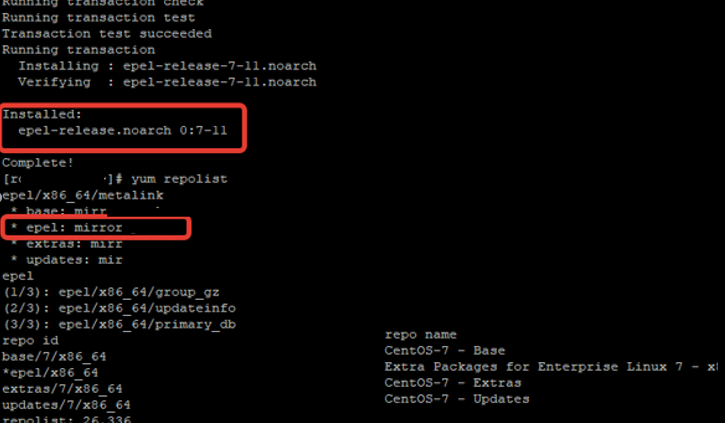

The output of the installed packages takes a lot of pages to list. yum list installed "*ssh*"īy default alot of packages are installed.

In the following example, we filter the packages whose names contain “ssh” and also installed currently. The installed package list provides following information about the installed packages.Īlso installed package names can be filtered by using the “yum list installed” command. “yum list installed can be used to list all installed packages in CentOS, RHEL, Fedora. The yum command is the most popular way to manage packages in RPM based distributions. If we want to list installed packages in CentOS, RHEL or Fedora we can use yum or dnf commands. Alternatively, the new command dnf is also adopted for these Linux distributions for package management.

4.2.RPM-based Linux distributions like CentOS, RHEL, Fedora use the yum package manager in order to update, list, install and remove packages. In the next section, we’ll see how to use the subscription manager and register with RHEL. Usually, we use the disable option if we want to block a software package from upgrading. On the other hand, if the disable option is set, it won’t allow downloading the package. The URL mentioned in the repo file will be the source of these packages. When the enable option is set, YUM repositories can download, install, and upgrade packages. = repo: example =īase_persistdir = /var/lib/yum/repos/x86_64/6ServerĬachedir = /var/cache/yum/x86_64/6Server/example Loaded plugins: product-id, refresh-packagekit, subscription-manager To illustrate, let’s look at an example repository: # yum-config-manager -enable example\* Let’s have a glance at the commands we will utilize: $ yum-config-manager -add-repo

For instance, suppose we have a default repository called redhat.repo located at /etc//redhat.repo. We use yum-config-manager to add repositories and enable them. The YUM repository configuration files are located in /etc//, which mainly includes a repo ID, a name, and the URL of the package repository.


 0 kommentar(er)
0 kommentar(er)
